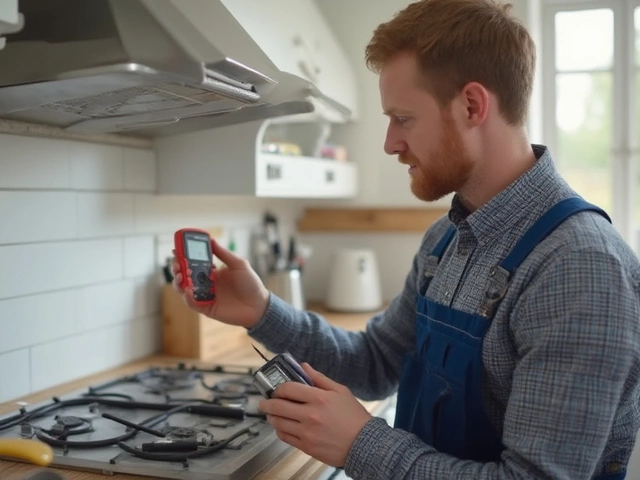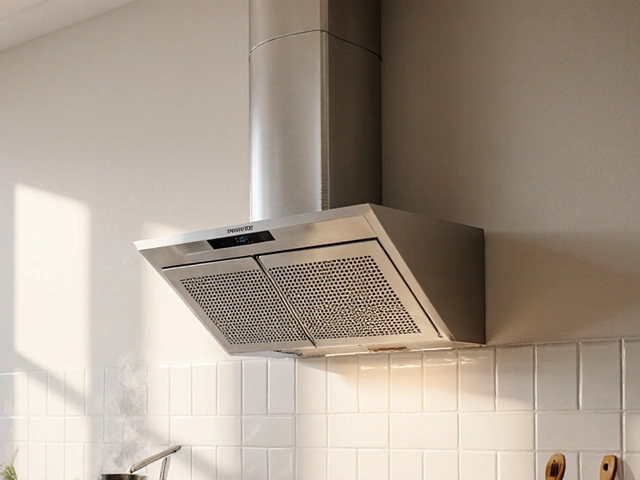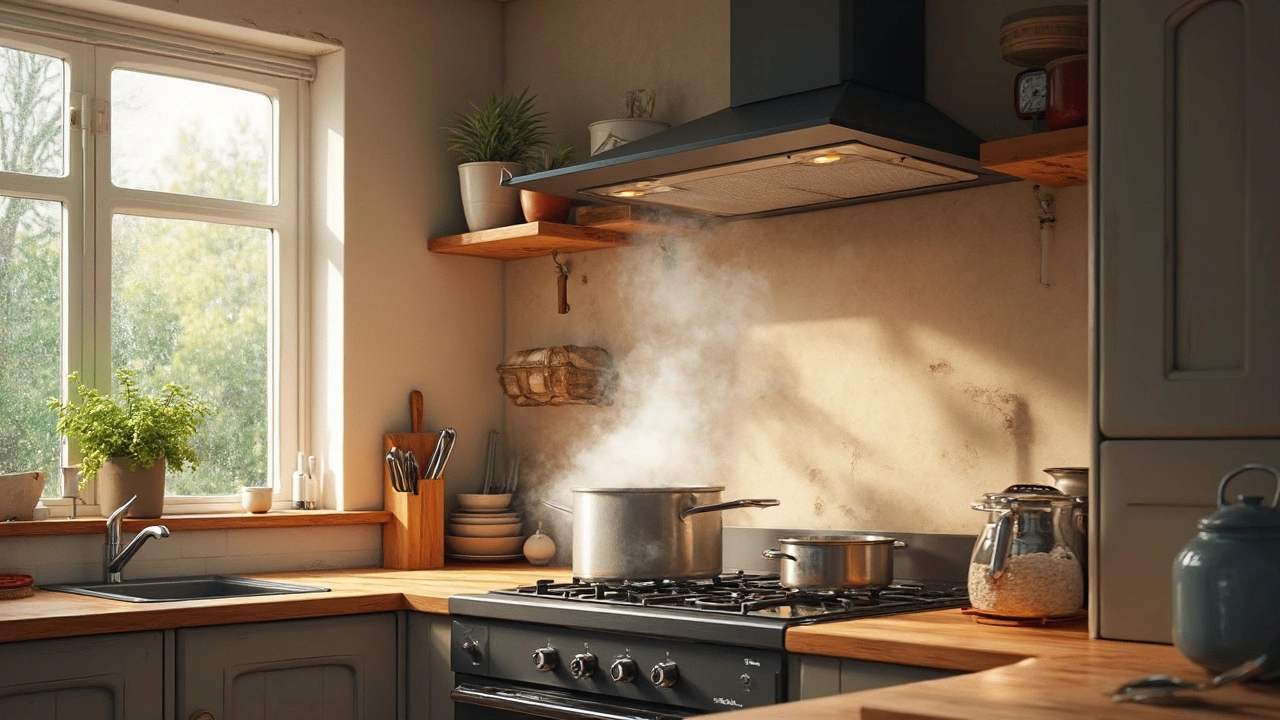Ventilation Made Simple – Keep Your Home Fresh and Safe
If you’ve ever noticed steam lingering after a shower or smells hanging around the kitchen, you know how important good ventilation is. Proper airflow stops mould, reduces humidity and makes cooking a lot more pleasant. In Rugby, many homes rely on extractor fans to move air out of bathrooms and kitchens. This page gives you quick tips on keeping those fans in top shape, spotting problems early and deciding whether you can fix it yourself or need a professional.
When to Service Your Extractor Fans
Even the best‑made fan can lose power over time. Look for these signs: the fan runs slower than before, it makes rattling noises, or you still see moisture after a shower. A dirty filter is the most common cause – dust builds up and blocks airflow. Cleaning it is usually as easy as removing the cover, wiping the blades with a damp cloth and vacuuming the intake vent.
If cleaning doesn’t help, check the wiring. Loose connections can cause intermittent operation. Turn off the power at the fuse box, remove the fan housing and give the wires a gentle tug. Tighten any loose screws and make sure the live and neutral wires are properly capped. If you’re not comfortable working with electricity, it’s safest to call an electrician.
DIY Fixes for Common Ventilation Problems
Most ventilation hiccups are fixable with a few tools. Here’s a quick checklist:
- Fan won’t turn on: Test the switch with a multimeter. If the switch is dead, replace it – they’re cheap and fit most fans.
- Weak airflow: Remove the fan’s grille and clean any grease or dust from the motor and blades. A can of compressed air can clear out hidden debris.
- Noise or wobble: Tighten the mounting screws. A loose fan can vibrate and create rattling sounds.
- Foul smell: This usually means mould in the duct. Disconnect the duct, scrub it with a mixture of water and vinegar, then let it dry completely before re‑attaching.
When you’ve tried these steps and the fan still struggles, it’s probably time for a replacement motor or a brand‑new fan. Modern fans are more efficient and quieter, so upgrading can improve both performance and your comfort.
Keeping ventilation working isn’t just about comfort – it protects your home’s structure. Excess humidity can damage plaster, paint and even wooden floors. Regular checks every six months keep everything running smoothly and stop small issues from becoming costly repairs.
Need more help? Our tag page links to detailed articles on extractor fan repair, motor replacement, and when to call a professional. Whether you’re tackling a quick clean or planning a full fan swap, these guides give you the confidence to get it done right.
Good ventilation is a small investment that pays off in healthier air, fewer repairs and a more pleasant home. Grab a screwdriver, give your fan a once‑over, and enjoy fresh, dry rooms all year round.






